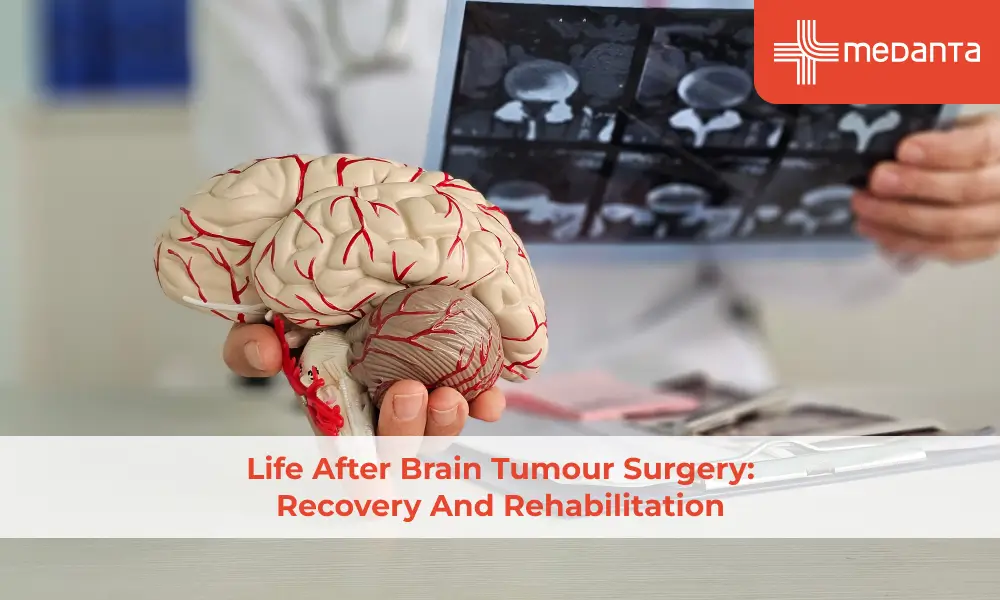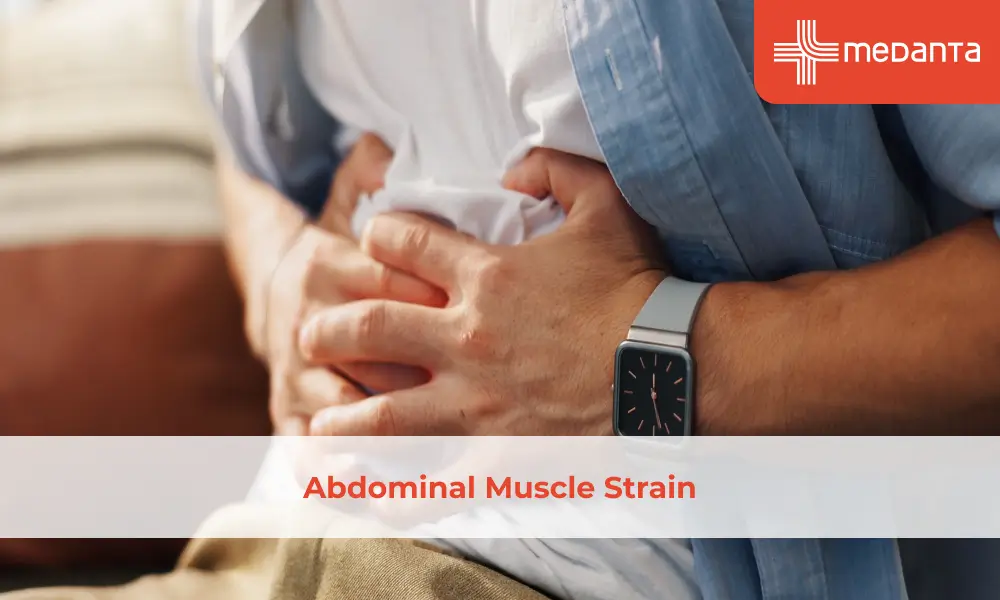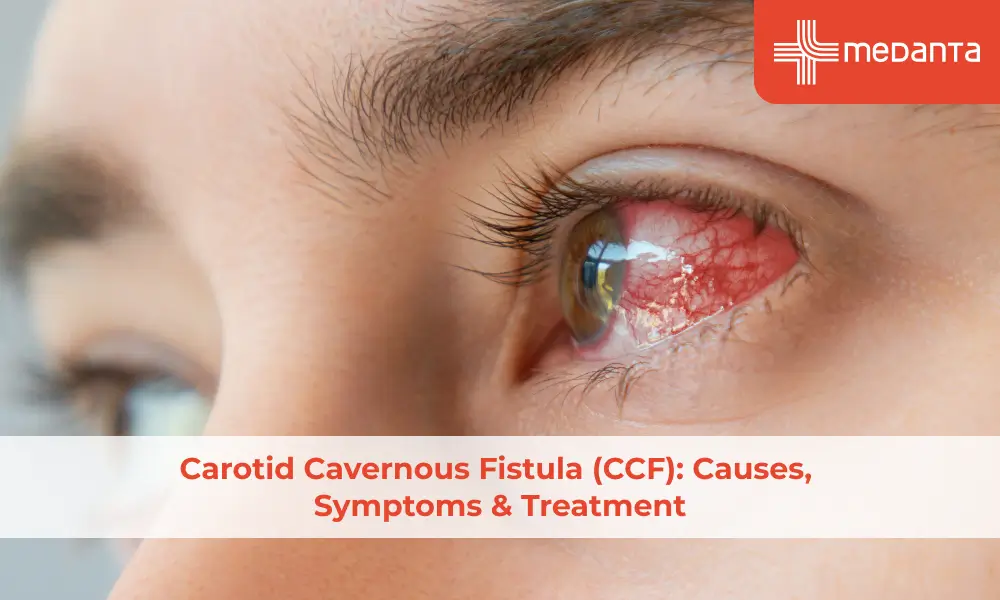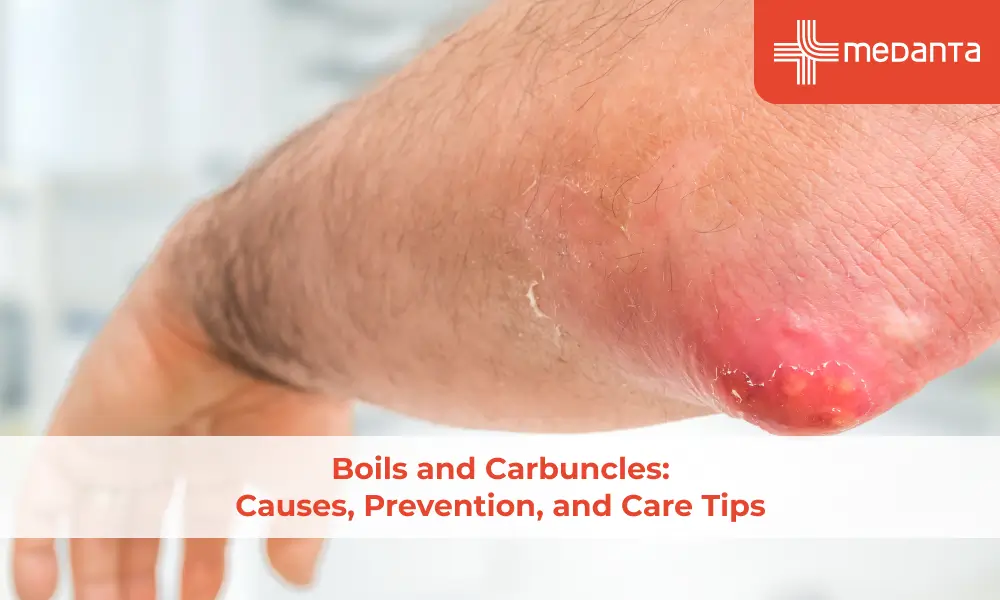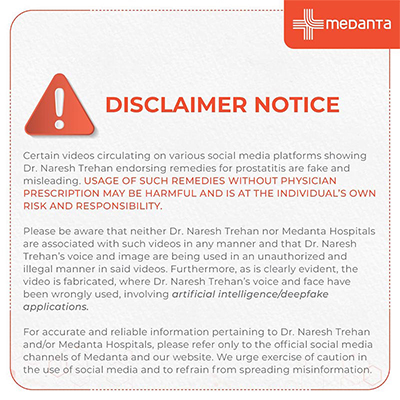Diabetes & Stroke: Causes, Symptoms & How to Prevent

TABLE OF CONTENTS
In India, where diabetes is often referred to as the "silent epidemic," the threat of stroke is a significant concern. Did you know that people with diabetes are 1.5 to 2 times more likely to experience a stroke compared to those without it? [1] If that statistic catches your attention, you're not alone. Millions of Indians are grappling with the dual challenge of managing diabetes and avoiding its severe complications, including stroke. This blog will discuss the connection between these conditions, why this understanding matters, and how you can take steps to protect yourself.
What Is the Diabetes-Stroke Connection?
At first glance, diabetes and stroke might appear as separate health issues. But the reality is that diabetes plays a pivotal role in increasing your risk of stroke. Here’s why:
Blood Vessel Damage: Diabetes leads to consistently high blood sugar levels, especially when uncontrolled. Over time, this damages blood vessels, making them stiffer and narrower. These changes can impede blood flow to vital organs, including the brain.
Atherosclerosis: High blood sugar promotes the buildup of plaque in arteries, a condition called atherosclerosis. This can cause arteries to become blocked, increasing the likelihood of a stroke.
High Blood Pressure and Cholesterol: Diabetes is often accompanied by hypertension (high blood pressure) and high cholesterol, both of which are major contributors to stroke risk.
Blood Clot Formation: In people with diabetes, the blood tends to clot more easily, further elevating stroke risk.
Why Is Prevention Crucial?
The stakes are high. A stroke can be life-threatening and life-altering, leaving survivors with physical, emotional, and financial burdens. For Indians, this concern is amplified as lifestyle changes and urbanization contribute to an alarming rise in diabetes cases. Prevention is not just important—it’s essential. By addressing the root causes and adopting preventive measures, you can dramatically lower your risk of stroke.
How to Prevent a Stroke and Protect Yourself?
The good news? Preventing a stroke when you have diabetes isn’t out of reach. It requires a proactive approach, combining healthy habits, medical management, and regular monitoring. Here’s what you can do:
1. Keep Your Blood Sugar in Check
Maintaining blood sugar levels within the target range is one of the most effective ways to prevent complications. This involves:
Regular Monitoring: Use a glucometer or continuous glucose monitoring device to keep track of your blood sugar levels. Aim for consistency in readings.
Balanced Diet: Focus on whole foods, complex carbohydrates, and fiber-rich options like whole grains, lentils, and vegetables. Limit sugary snacks and processed foods, which can cause spikes in blood sugar.
Medication Management: If prescribed, ensure timely administration of insulin or oral hypoglycemics.
2. Control Your Blood Pressure
High blood pressure, or hypertension, is a silent yet powerful stroke risk factor. Here’s how you can keep it in check:
Target Numbers: Aim for a blood pressure reading below 140/90 mm Hg.
Lifestyle Adjustments: Reduce salt intake, opt for fresh and home-cooked meals, and incorporate relaxation techniques like yoga and meditation into your routine.
Medications: If your doctor prescribes antihypertensives, take them as directed.
3. Exercise for a Healthier You
Physical activity is a game-changer. Regular exercise helps regulate blood sugar, improves circulation, and lowers blood pressure. For many Indians, incorporating exercise can be as simple as:
Taking a brisk walk in the park for 30 minutes daily.
Trying yoga or light stretching exercises to enhance flexibility and strength.
Choosing to take the stairs instead of the elevator whenever possible.
4. Adopt a Heart-Healthy Diet
Food is medicine, and what you eat significantly influences your risk of stroke.
What to Eat: Include a variety of fresh fruits, vegetables, whole grains, and lean proteins like fish and chicken. Traditional Indian dishes, when cooked healthily, can provide ample nutrition. For example, opt for lightly cooked sabzis with minimal oil and whole-grain rotis.
What to Avoid: Minimize intake of fried snacks, processed foods, and sugary beverages. Replace salty pickles and papads with fresh chutneys or salads.
5. Quit Smoking and Limit Alcohol
Smoking and excessive alcohol consumption cause vascular damage and increase the likelihood of stroke. Here’s why quitting matters:
Smoking narrows blood vessels and makes it harder for oxygen-rich blood to reach the brain.
Heavy alcohol consumption can spike blood pressure and interfere with diabetes management.
If you find quitting challenging, consider seeking help from support groups or a healthcare provider.
6. Prioritize Medication Adherence and Follow-ups
Skipping medication or doctor visits can have dire consequences.
Take Your Medications: These may include drugs for diabetes, cholesterol, hypertension, or blood-thinning medications like aspirin. They are crucial in reducing stroke risk.
Regular Check-ups: Routine health checks allow your doctor to monitor your condition and adjust your treatment plan as needed.
How to Spot the Signs of a Stroke?
A stroke is a medical emergency that requires immediate attention. Acting quickly can save lives and significantly improve recovery outcomes. Recognizing the early signs of a stroke is crucial, as every minute counts when it comes to preserving brain function. Here’s what you need to know.
The acronym FAST is a simple and effective way to remember the key warning signs of a stroke:
F - Face Drooping: One side of the face may droop or feel numb. Ask the person to smile; if their smile is uneven or one side droops, it could indicate a stroke.
A - Arm Weakness: The person may feel weakness or numbness in one arm. Ask them to raise both arms; difficulty in lifting or maintaining one arm is a red flag.
S - Speech Difficulty: Slurred, garbled, or incoherent speech is another common sign. Ask the person to repeat a simple sentence and observe any speech irregularities.
T - Time to Act: Call emergency services immediately if you notice any of these symptoms. The faster medical help is provided, the better the chances of minimizing brain damage.
Other Symptoms to Watch For
While FAST highlights the primary signs, other symptoms can also indicate a stroke:
Sudden confusion or trouble understanding speech.
Blurred or double vision in one or both eyes.
Severe headaches without a known cause.
Sudden dizziness, loss of balance, or difficulty walking.
Why Speed Matters
Strokes occur when blood flow to the brain is disrupted, either by a clot (ischemic stroke) or a bleed (hemorrhagic stroke). Quick treatment, ideally within the first hour, can restore blood flow or stop the bleeding, reducing the likelihood of long-term disability. Recognizing and responding to these signs promptly can make all the difference.
Final Words
Managing diabetes is a lifelong journey, but preventing complications like stroke is entirely possible with the right approach. Small, consistent changes to your lifestyle can lead to big rewards. By making your health a priority, you’re not just avoiding risks—you’re embracing a future full of vitality and possibilities. After all, prevention is better than cure, and when it comes to diabetes and stroke, the power to protect yourself lies firmly in your hands.
If you or someone you know is suffering from diabetes or stroke, you should visit your nearest tertiary-care hospital as soon as possible!
FAQs
How are diabetes and stroke connected?
Diabetes increases stroke risk by damaging blood vessels, causing plaque buildup, and promoting blood clots, which can block blood flow to the brain.
What are the warning signs of a stroke?
Look for signs using the FAST method: Face drooping, Arm weakness, Speech difficulty, and Time to act quickly by seeking emergency medical care.
How can I reduce my risk of stroke if I have diabetes?
Manage blood sugar, control blood pressure, exercise regularly, eat a healthy diet, quit smoking, limit alcohol, and follow prescribed medications.
Is stroke preventable for people with diabetes?
Yes, with proactive health management, regular check-ups, and lifestyle changes, the risk of stroke can be significantly reduced.
Can medication help in preventing a stroke?
Yes, medications to manage blood sugar, blood pressure, cholesterol, and blood thinning are essential for stroke prevention in people with diabetes.
Citations
Almarshad, M. I., Algonaiman, R., Alharbi, H. F., Almujaydil, M. S., & Barakat, H. (2022). Relationship between Ultra-Processed Food Consumption and Risk of Diabetes Mellitus: A Mini-Review. Nutrients, 14(12), 2366. https://doi.org/10.3390/nu14122366
Aronson, D., & Rayfield, E. J. (2002). How hyperglycemia promotes atherosclerosis: molecular mechanisms. Cardiovascular Diabetology, 1(1). https://doi.org/10.1186/1475-2840-1-1
Boehme, A. K., Esenwa, C., & Elkind, M. S. (2017). Stroke risk factors, genetics, and prevention. Circulation Research, 120(3), 472–495. https://doi.org/10.1161/circresaha.116.308398
Chen, R., Ovbiagele, B., & Feng, W. (2016). Diabetes and Stroke: Epidemiology, pathophysiology, Pharmaceuticals and outcomes. The American Journal of the Medical Sciences, 351(4), 380–386. https://doi.org/10.1016/j.amjms.2016.01.011
Chohan, S., Venkatesh, P., & How, C. (2019). Long-term complications of stroke and secondary prevention: an overview for primary care physicians. Singapore Medical Journal, 60(12), 616–620. https://doi.org/10.11622/smedj.2019158
Colberg, S. R., Sigal, R. J., Yardley, J. E., Riddell, M. C., Dunstan, D. W., Dempsey, P. C., Horton, E. S., Castorino, K., & Tate, D. F. (2016). Physical Activity/Exercise and Diabetes: A position statement of the American Diabetes Association. Diabetes Care, 39(11), 2065–2079. https://doi.org/10.2337/dc16-1728
Li, X., Weber, N. C., Cohn, D. M., Hollmann, M. W., DeVries, J. H., Hermanides, J., & Preckel, B. (2021). Effects of hyperglycemia and diabetes mellitus on coagulation and hemostasis. Journal of Clinical Medicine, 10(11), 2419. https://doi.org/10.3390/jcm10112419
Mosenzon, O., Cheng, A. Y., Rabinstein, A. A., & Sacco, S. (2023). Diabetes and stroke: What are the connections? Journal of Stroke, 25(1), 26–38. https://doi.org/10.5853/jos.2022.02306
Mouri, M., & Badireddy, M. (2023, April 24). Hyperglycemia. StatPearls - NCBI Bookshelf. https://www.ncbi.nlm.nih.gov/books/NBK430900/
Mukamal, K. J. (2006). The effects of smoking and drinking on cardiovascular disease and risk factors. https://pmc.ncbi.nlm.nih.gov/articles/PMC6527044/#:~:text=Both%20regular%20alcohol%20intake%20of,expected%20from%20their%20independent%20effects.
Owolabi, M. O., Thrift, A. G., Mahal, A., Ishida, M., Martins, S., Johnson, W. D., Pandian, J., Abd-Allah, F., Yaria, J., Phan, H. T., Roth, G., Gall, S. L., Beare, R., Phan, T. G., Mikulik, R., Akinyemi, R. O., Norrving, B., Brainin, M., & Feigin, V. L. (2021). Primary stroke prevention worldwide: translating evidence into action. The Lancet Public Health, 7(1), e74–e85. https://doi.org/10.1016/s2468-2667(21)00230-9
Petrie, J. R., Guzik, T. J., & Touyz, R. M. (2017). Diabetes, hypertension, and cardiovascular Disease: clinical insights and vascular mechanisms. Canadian Journal of Cardiology, 34(5), 575–584. https://doi.org/10.1016/j.cjca.2017.12.005
Stroke: Signs, causes, and treatment. (2023, February 9). National Institute on Aging. https://www.nia.nih.gov/health/stroke/stroke-signs-causes-and-treatment

